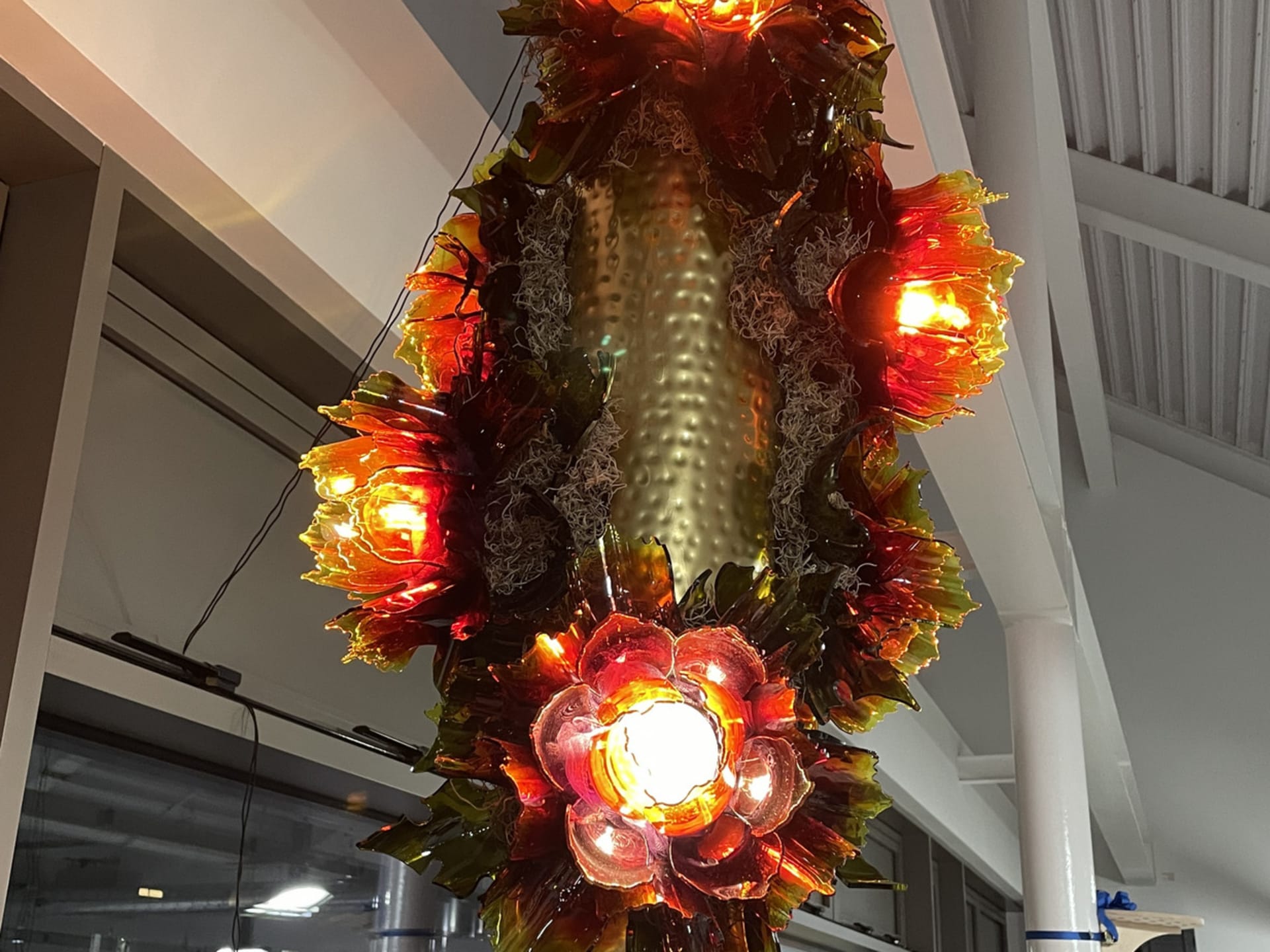Born in 1985 in southern New Jersey and began creating as soon as his hands could work/as long as he remembers. In 1996 his family moved to Bethlehem PA. where he attended public school making his way through both school's art programs. Then in 2002 William met and befriended rather closely Marlene "Linny" Fowler who in turn gave him a job at the Banana Factory in her stained glass studio (overseen by Octavio Pena); and the following year (2003) would send him across the country to attend the California College of the Arts. Over the duration of 5 years William collected and honed his plethora of skills and vast knowledge of materials/media to then graduate with a degree in glassmaking (2008).
Since 2008 William has created a myriad of objects, installations, and arrangements that promote happiness, fun and brightness, however the main product is a novel that he has written and illustrated over the duration of 13 years. Primarily working in colored pencil he has produced visually rich, bold yet severely intricate images, looking to push his boundaries and meet the challenge with each illustration. In spring 2022 he returned to the Banana Factory to have the solo exhibition of this vast body of work containing 40 out of the 60 illustrations completed. It was a tribute to his mentor Linny who regrettably passed on in 2013 on his birthday. William currently attends the Royal College of Art (RCA) doing an MA in product design, where he focuses on recyclable materials and turning them into unrecognizable, luxury Items for all.
“I believe in the power of creation itself and devote my life to my skills. In good times and bad, for richer or poorer, in sickness and in health, till death due us part.”
Always and forever, William:)


